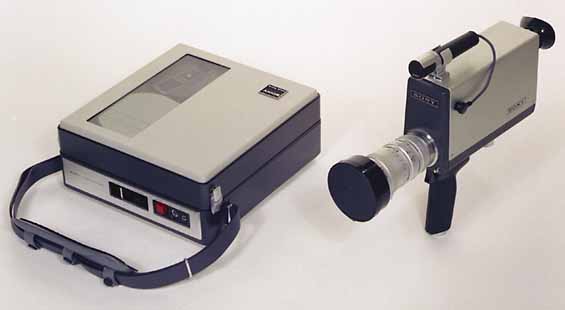This distinctive historical material documents legendary eye-witnesses. They reflect on the emergence of Brazilian video art, the artists’ covert responses to socio-political circumstances and their quests to cultivate an inclusive national identity.

Arlindo Machado
(Brazilian,1949-2020) was a progressive São Paulo-based curator, critic and professor and among the first Brazilians to endorse the fine arts applications of electronic imagery.
Jom Tob Azulay
(Brazilian, b.1941; Rio-based) changed the trajectory of video art in Brazil, when he returned from his diplomatic post in Los Angeles with a Sony Portapak, for his own projects and to share with other artists. Noted as a filmmaker and producer, he also held a leadership position at Ancine, the national film agency created in 2001, as well as subsequent diplomatic positions. He served as cameraman for several of Anna Bella Geiger’s first videos.
Fernando Cocchiarale
(Brazilian, b.1952; Rio de Janeiro-based) a curator, critic and academic, was a pioneer who championed video as a means for artistic expression.
Audio transcription
Carlos Zílio
(Brazilian, b.1944; Rio de Janeiro-based) is an artist, activist, author and professor. In the late 1960s he abandoned studio work to join the Resistance. During a protest he was shot three times and incarcerated for 28 months. In jail he resumed art-making—large-scale agit-prop-driven collage. Upon release, he pursued exile in Paris. There he earned a Phd in art history and incorporated Euro and US modernisms into his own conceptual work. From the time he returned to Brazil in 1980, until the present, he has focused on teaching Brazilian art history, his work as a theorist and a practice that includes painting, assemblage, interventions and very briefly short film animations.
Audio transcription